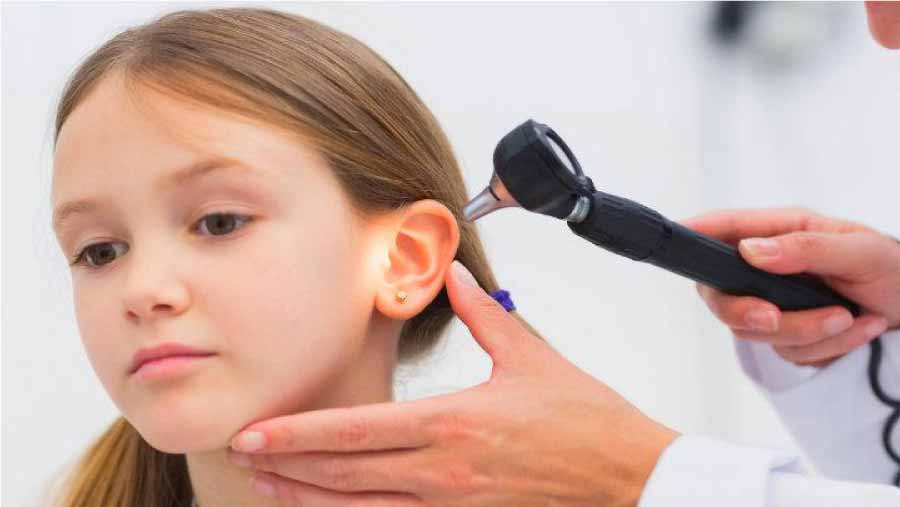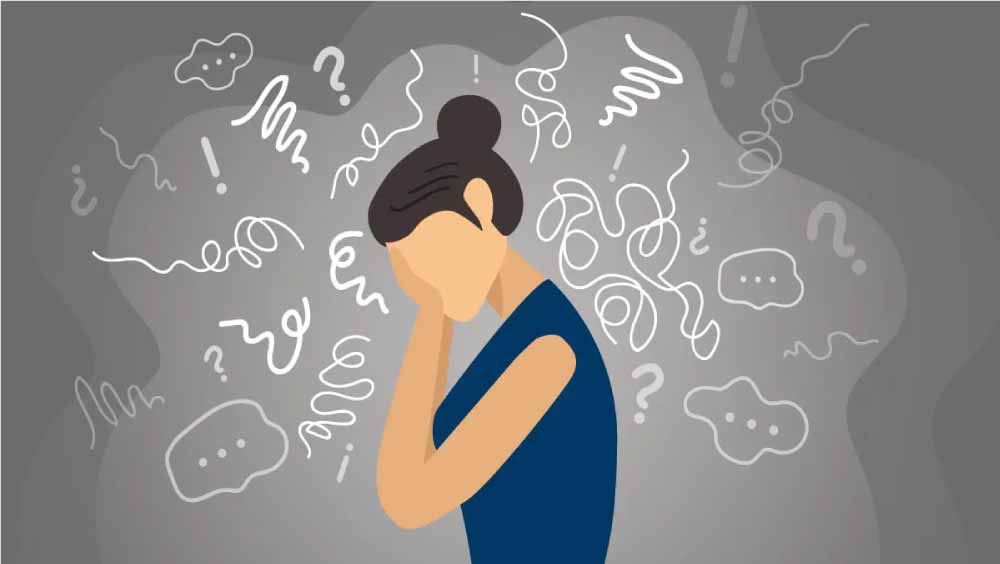Your healthcare provider can diagnose otitis media by examining you with a medical exam and a special instrument called an otoscope. This instrument is used to look for fluid behind the eardrum, signs of swelling, and a bulging or red eardrum. The treatment you receive will depend on your symptoms and the severity of your condition.
Otitis externa
Otitis externa (EO) is a common inflammatory condition of the ear canal. It is a painful and disabling condition that can interfere with daily activities. In severe cases, otitis externa can result in complete occlusion of the ear canal. In most cases, treatment will include cleaning the canal and using topical medications. However, in rare cases, it may be necessary to seek medical help from an otolaryngologist.
Otitis externa is most often caused by bacterial infections, including Pseudomonas aeruginosa and Staphylococcus aureus. However, yeast infections are also a possible cause of otitis externa. The most common fungal pathogens are Candida and Aspergillus, although other pathogens can occur.
Otitis externa is usually painful and can be treated with paracetamol or ibuprofen. Some people may also use a warm cloth to reduce pain. If the discharge is very abundant, it can be treated with a wick, which is a piece of gauze that is soaked in treatment drops and inserted into the ear canal. A new wick should be used every two to three days.
Swimmers have a higher risk of getting swimmer’s ear. This is especially true for people who spend a lot of time in open water. Hot weather and swimming conditions can also increase the risk of developing swimmer’s ear. Other factors that can lead to the development of this condition include skin conditions that affect the ear canal, which can trap water and debris. These conditions are conducive to bacterial growth and inflammation.
In most cases, a small amount of water enters the ear canal and causes an infection. However, there are ways to prevent this from happening. If you are going swimming, wear a swimming cap or earplugs to prevent water from getting into your ear. Another way to prevent the development of an infection is to dry your ear thoroughly after swimming. You can also use an ear dryer. These devices can be purchased at many retailers and water sports stores.
Otitis media
Otitis media is an infection of the middle ear. Fever and irritability may occur. It can also cause a hole in the eardrum. Early diagnosis is essential to avoid secondary infections. Symptoms of otitis media are often accompanied by other signs of a cold or upper respiratory infection. When the middle ear is infected, pus can build up and cause pain. In severe cases, the eardrum may rupture. The hole will usually heal with proper medical treatment.
Acute otitis media is usually treated with antibiotics for seven to 10 days. However, some children do not respond to antibiotics and remain with fluid in the middle ear for up to six weeks. In this case, children may need a tympanostomy tube or a myringotomy tube.
Children with cleft palate and Down syndrome have an increased risk of ear infections. In addition, the age of babies in daycare centers and smoking are risk factors for otitis media. In addition, children who suffer from cleft palate or Down syndrome are more likely to develop chronic otitis media than other children.
Otitis media can be bacterial or viral. In newborns, gram-negative enteric bacilli and Staphylococcus aureus are the most common bacteria that cause acute otitis media. It is more common in infants and preschoolers. If left untreated, the infection can lead to a hole in the eardrum.
In more severe cases, the tympanic membrane may be punctured, causing pus to drain into the ear. While this can be painful, it usually heals after a few days or weeks. In simple cases, the infection will usually go away on its own. Often, however, the eardrum may not heal completely.
Necrotizing otitis externa
Necrotizing otitis externa is a rare and life-threatening disease. It usually presents with severe ear pain and purulent drainage.
Patients with this condition are more likely to have a history of diabetes mellitus or immunosuppression. The disease can also result in cranial nerve involvement and osteomyelitis of the skull base. If you suspect that your patient has necrotizing otitis externa, you should immediately consult an otolaryngologist.
This condition is considered malignant and can lead to cranial nerve palsy or death. While the incidence of necrotizing otitis externa is low (about ten cases per million people per year), the mortality rate is high. The treatment of necrotizing otitis externa is mostly medical and is based on the use of antimicrobials. However, it is important to note that the guidance is not intended to replace medical advice.
Early diagnosis is essential, as it prevents the spread of infection and reduces possible health consequences. Treatment usually involves antibiotic therapy, which can last for months. In some severe cases, patients may also receive intravenous antibiotics. Antibiotics should be taken for as long as needed until the infection clears.
The symptoms of necrotizing otitis externa are often accompanied by hearing loss and intense otalgia. Some patients also have cranial nerve palsy and sepsis. The incidence of this disease has been increasing in recent years. It is believed to be caused by a variety of bacteria.
Although necrotizing otitis is a complication of simple otitis externa, it is a rare and life-threatening condition. It occurs when an infection spreads from the ear canal to the bone under the ear. In severe cases, necrotizing otitis may require surgery and antibiotics. Unless treated, necrotizing otitis can be fatal.
People with this condition should see their GP for treatment. A doctor will ask about your symptoms and examine your ear with an otoscope. A swab will be taken from the ear to examine it to determine the type of infection and bacteria. Your GP may also refer you to a specialist.
Treatment
Treatments for otitis include oral antibiotics and decongestants. Antibiotics are often prescribed for a five- to seven-day course. Decongestants are used to relieve inflammation and restore normal functioning of the Eustachian tube. These medications can be taken orally (Sudafed) or applied topically to the affected ear.
Otitis media can be acute or chronic, and the main symptom is pain in the ear. The condition may also be accompanied by fever or decreased hearing. Some people also experience a fullness of the ear. If you have been experiencing any of these symptoms, you should see your doctor immediately.
If a child develops acute otitis media, treatment is usually medical. In some cases, a doctor may perform a myringotomy (small incision in the eardrum) to remove fluid and reduce pressure. The procedure is safe and the patient’s condition will improve quickly.
Antibiotics may also be used to treat otitis externa. Antibiotic drops are often the first choice. Drops can prevent damage to the eardrum, so they are a good choice. Topical medications can help with ear pain, although many can cause side effects. Medications containing fluoroquinolones are safe for the eardrum. Orals are usually prescribed only when an infection is severe and has spread to other areas of the body.
Treatment of acute otitis externa depends on the causes of the condition. Many factors can lead to this condition, including reactions to medications, food allergies, and foreign bodies. Other causes of otitis externa are bacterial infections and aggressive cleaning of the ears. However, these conditions are usually not life-threatening if diagnosed early. If left untreated, symptoms can lead to severe pain and obstruction of the ear canal.


